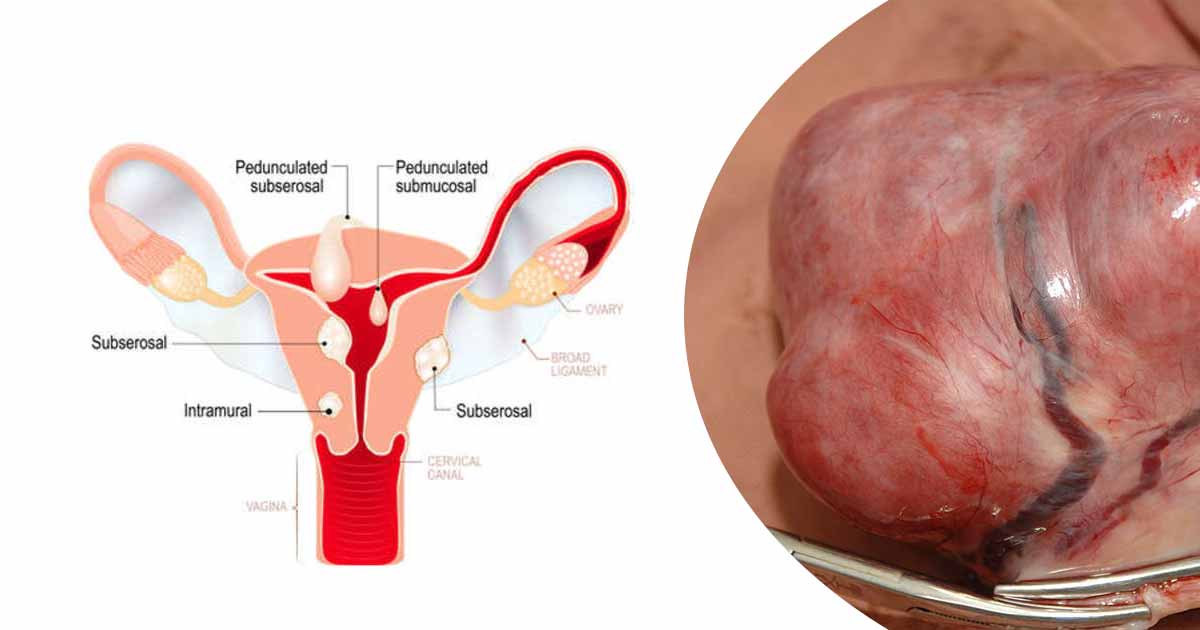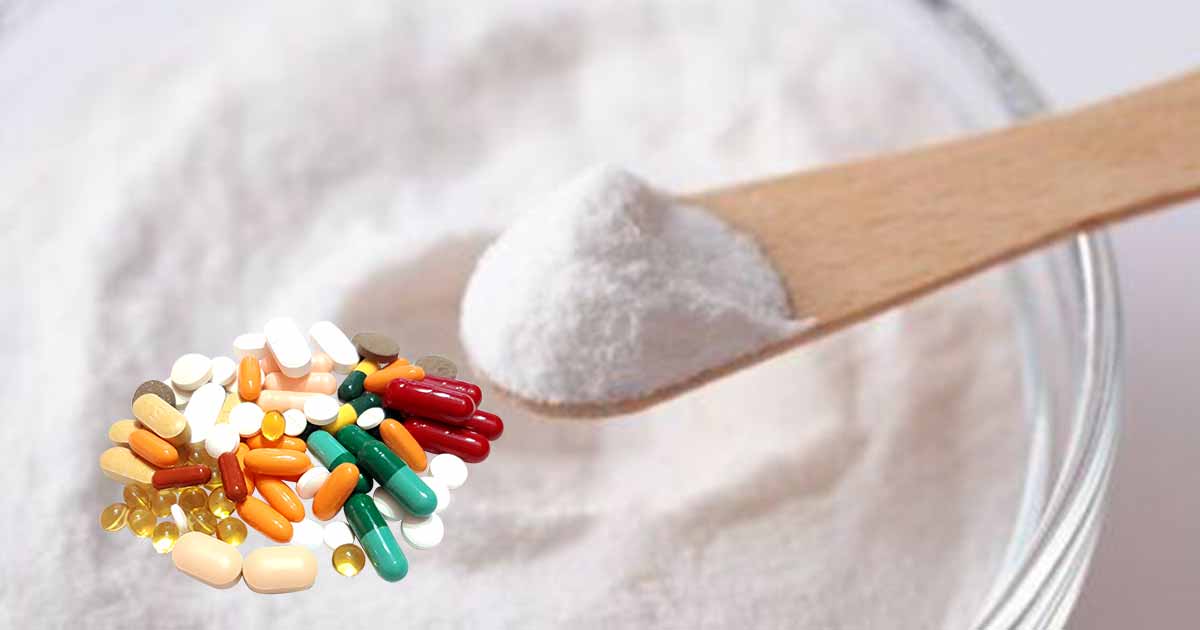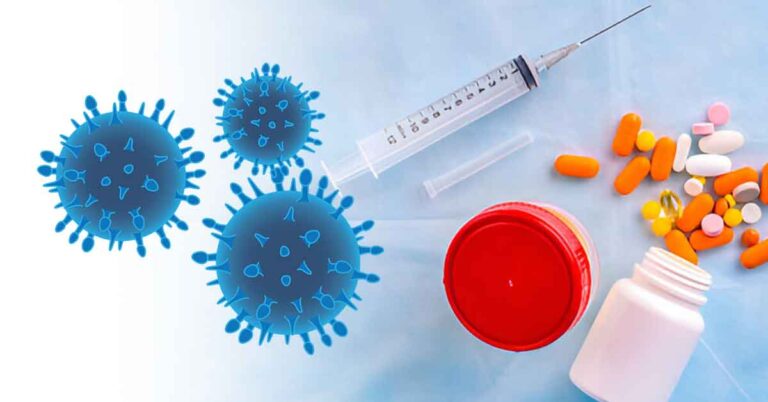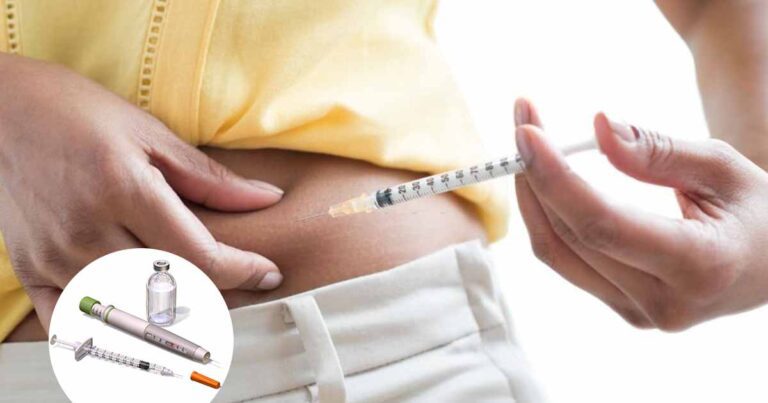Fibroids affect only the female gender. It is called uterine fibroids because it grows in or on the uterus. Fibroids are the most common benign tumor among women, with 60% prevalence among women of reproductive age and 80% prevalence in the entire women population.
Other names of fibroids include:
- Leiomyomas
- Myomas
- Uterine myomas
- Uterine fibroids
- Fibromas
What are Fibroids?
Uterine fibroids are abnormal growths in or on the uterus. They vary in size and location. Some are small with no significant signs and symptoms, otherwise known as asymptomatic. While some are large and the size and shape of the uterus, which sometimes is seen as a protruded stomach on the victim. Based on location, some grow on the uterine wall while growing in the uterus.
Though uterine fibroids are tumors, they are benign and not cancerous. Hence, it is hardly dangerous.
Types of Fibroids
There are different types of fibroids depending on their location.
Intramural fibroids: This is the most common type of fibroid. They grow within the muscles of the uterine wall. They can replicate and grow larger if not treated on time. Most times, intramural fibroids are asymptomatic.
Cervical fibroids: This type grows on the cervix. However, they rarely occur.
Subserosal fibroids: This type grows on the outer wall of the uterus also known as the serosa. They can either directly attach to the uterus or by a tiny stalk.
Submucosal fibroids: They are fibroids that grow on the inner linings of the uterus also known as the endometrium. Submucosal fibroids are the rarest type of fibroids.
Pedunculated fibroids: Sometimes, either subserosal or submucosal fibroids attach to the wall of the uterus by a stalk called a peduncle. If the fibroid grows within the uterus, it is called a pedunculated submucosal fibroid. And if it grows outside the uterus, it is called a pedunculated subserosal fibroid.
Symptoms of Fibroids
Some uterine fibroids are asymptomatic, some have mild symptoms, and some cause severe symptoms. The symptoms vary in individuals depending on the location, number of tumors,
The common symptoms of fibroids include:
- Excessive and prolonged menstruation
- Painful menstruation
- Painful sex
- Low back pain
- Anemia
- Frequent urination when the fibroids put pressure on the bladder
- Bleeding
- Bloating
- Constipation
- Miscarriages
- Difficulty in conceiving
- Abdominal distention that makes you look pregnant
- Vaginal discharge
- High blood pressure
Note that some of these symptoms may be associated with other diseases and medical conditions. So, it is ideal that you carry out a clinical diagnosis.
Causes of Fibroids
Medical experts are yet to discover the exact cause of uterine fibroids. However, fibroids have been linked to hormones and genetics as being the major predisposing factors.
Hormones: Estrogen and progesterone are the two hormones secreted by the ovaries. These hormones thicken the uterine lining during menstruation and encourage the growth of uterine fibroids. However, during menopause, the production of these hormones decreases. Hence, inhibiting the growth of fibroids.
Genetics or Family History: Uterine fibroids can be prevalent in a family line. This means that, if your mother, sister, aunt, grandmother, or anyone in your family history has it, there is every probability that you may as well.
Other factors include insulin-like growth factor and Extracellular matrix (ECM). ECM causes cells to stick. The excess ECM in the cells causes them to stick and become fibrous.
Risk Factors of Fibroids
These are things that can increase your chances of developing uterine fibroids. They include:
- Excessive alcohol consumption
- Excessive consumption of red meat
- Inadequate consumption of fruits, vegetables, and dairy
- Vitamin D deficiency
- Early first menstruation at a young age
- Family history
- Race: African and American women are more prone to develop it compared to women of other ethnicities
- Age: People who are 30 years old and above are at a higher risk
- Obesity increases the risk
- Some birth control methods
- Consumption of chemicals that disrupt hormones such as dyes, paints, fertilizers, plastics (BPA), pesticides, fire retardants, non-stick coatings on cookware, etc.
Diagnosis of Fibroids
The clinical diagnosis of fibroids depends on different factors such as size, number, location, and the symptoms of the fibroid. The clinical diagnosis of uterine fibroids includes the following:
Ultrasonography: This is the use of ultrasounds (sound waves) to produce a picture of the uterus. The ultrasound wand is placed on the abdomen or inserted in your vagina to enable the technician to view the uterus. Inserting the device in the vagina (transvaginal ultrasound) would give a clearer view and picture because of its proximity to the uterus.
Magnetic Resonance Imaging (MRI): MRI is recommended because it gives a more detailed picture of fibroids. It is ideal for women who have a large uterus and are up to menopause age. Pelvic MRI gives a broad view and pictures of the uterus, ovaries, and other organs in the pelvis.
Hysteroscopy: After infusing saline and extending your uterine cavity, the doctor attaches a scope (a flexible tube with a camera) to your cervix. The scope is passed to your uterus and with it, he views your uterine walls and fallopian tube cavity.
Computed Tomography (CT): A CT scan gives a detailed picture of the internal organs from different angles.
Sonohysterography: Here, saline is infused through a catheter that is placed transvaginally. The saline helps to produce a clearer picture of your uterus.
Hysterosalpingography (HSG): HSG extends a view to your fallopian tubes to check for blockages. This is often used for the evaluation of infertility.
Laparoscopy: This entails your doctor making an incision on your lower abdomen with a thin flexible tube (which has a camera at the end) inserted to have a close view of your uterus.
Lab Test: Many times, fibroids come with bleeding. And so, your doctor may require you to carry out a full blood count (FBC) test.
Hysterosonography: Here, the doctor infuses your uterine cavity with saline to expand it. This will help him to clearly view your uterus and check for fibroids. This procedure is ideal for you if you have a heavy period or trying to conceive (TTC).
Treatment and Management of Fibroids
The treatment and management procedure a doctor employs depends on factors like the size and location of the fibroids and if the patient still wants to get pregnant, as some procedures make it impossible for conception to take place.
Medications:
Though they cannot eliminate the fibroid, they can shrink it and help alleviate the symptoms. Medications such as:
- Oral contraceptives are used to control bleeding.
- Non-steroidal anti-inflammatory drugs (NSAIDs) such as ibuprofen or acetaminophen can help relieve pain.
- Oriahn is a mix of estrogen, progestin, and elagolix (a GnRH analog). It is an oral medication used to drastically reduce heavy menstrual bleeding.
- Iron supplements and vitamins are used to restore energy caused by anemia.
- Gonadotropin-releasing hormone (GnRH) analogs prevent the production of estrogen and progesterone. This ceases menstruation and, as well, shrinks the fibroid. Many times, this is used before undergoing surgery.
- Progestin-releasing intrauterine device (IUD) is placed in the vagina to control heavy bleeding and also prevent pregnancy.
- Tranexamic acid (Cyklokapron and Lysteda) is also a perfect control for heavy bleeding.
- Selective Progesterone Receptor Modulators (SPRM) such as ulipristal acetate, mifepristone, aromatase inhibitors, etc. The growth of fibroid is sometimes attributed to progesterone. Hence, introducing progesterone antagonists and/or PRMs will decrease the production of progesterone and indirectly inhibit the growth of uterine fibroids.
Surgery
Medical surgeries are recommended if you are having severe symptoms that defy medications. Surgeries such as:
Myomectomy: This surgery removes fibroids without harming the uterus. It is the best and safest option for women who are still bearing children.
Hysterectomy: This surgery removes your uterus completely. This is the only way to cure uterine fibroids entirely. This means that the patient will not be able to get pregnant, and so, it is recommended for women who are done with childbearing.
Endometrial ablation: In this procedure, a surgeon removes the uterine lining using wire loops, laser, electric current, boiling water, etc. This procedure will cease your menstruation and prevent conception from taking place.
Magnetic resonance-guided focused ultrasound surgery: This is a thermal ablation that uses high-intensity ultrasound that is focused on a specific location. This causes a rise in temperature and coagulation necrosis.
Uterine fibroid embolization (UFE), or uterine artery embolization (UAE): It is an alternative to surgery that entails that the doctor inserts plastic particles or gel into the blood vessels to prevent blood from flowing to the uterine fibroids. It causes it to shrink.
How to Prevent Fibroids
It may be impossible to prevent fibroids but some factors can help lower your risk of developing it. They include:
- Adequate consumption of fruits, vegetables, and dairy. Some herbal plants are good at shrinking fibroids.
- Maintain a healthy weight
- Avoid taking alcohol
- Avoid chemicals that disrupt hormones such as dyes, paints, pesticides, fertilizers, etc.
- Lower your blood pressure
- Adequate consumption of vitamin D supplements and foods such as egg yolks, cod liver oil, fortified orange juice, cereals, fish, dairy products, etc.
- Avoid smoking
What are the symptoms of fibroids?
Heavy, prolonged, and painful menstruation, pain during sex, bleeding, anemia, inability to conceive, miscarriage, lower back pain, bloating/distention, etc. are some symptoms of uterine fibroids.
How do I know I have fibroids?
Many symptoms are indicators of uterine fibroids. However, it is best you speak with your doctor and also carry out medical diagnosis or tests to confirm.
How can I prevent fibroids?
Fibroids cannot be prevented, but there are healthy lifestyles that can help lower your risk of developing it. Lifestyles like reducing your consumption of sugary foods and alcohol, and eating more fruits and vegetables that are rich in vitamins, minerals, and fibers. For instance, cabbage, broccoli, cauliflowers, turnip greens, arugula, collard greens, etc.
In addition, exercising regularly to avoid being overweight.
How large do uterine fibroids need to be before being surgically removed?
There is no definite size and it depends on the surgeon.
Can I get pregnant if I have uterine fibroids?
Yes, you can. However, you must report to your doctor for close monitoring. This is because many times the fibroid grows and competes with your baby and makes it impossible for the baby to turn to a normal position. A C-section is required in such cases.
Can fibroid cause infertility?
Many times, a fibroid can contribute to infertility.
Will fibroids go away on their own?
Yes, during menopause, owing to the drastic reduction of hormones that support the growth of fibroids.
Can fibroids be treated without surgeries?
Yes, it can. A procedure like uterine artery embolization can help remove uterine fibroids without surgery.
References:
- https://effectivehealthcare.ahrq.gov/sites/default/files/pdf/cer-195-uterine-fibroids-final-revision.pdf
- https://www.glowm.com/pdf/Chap-19_Unkels.pdf
- https://www.stgeorges.nhs.uk/wp-content/uploads/2013/10/Fibroids.pdf
- https://www.nhs.uk/conditions/fibroids/












